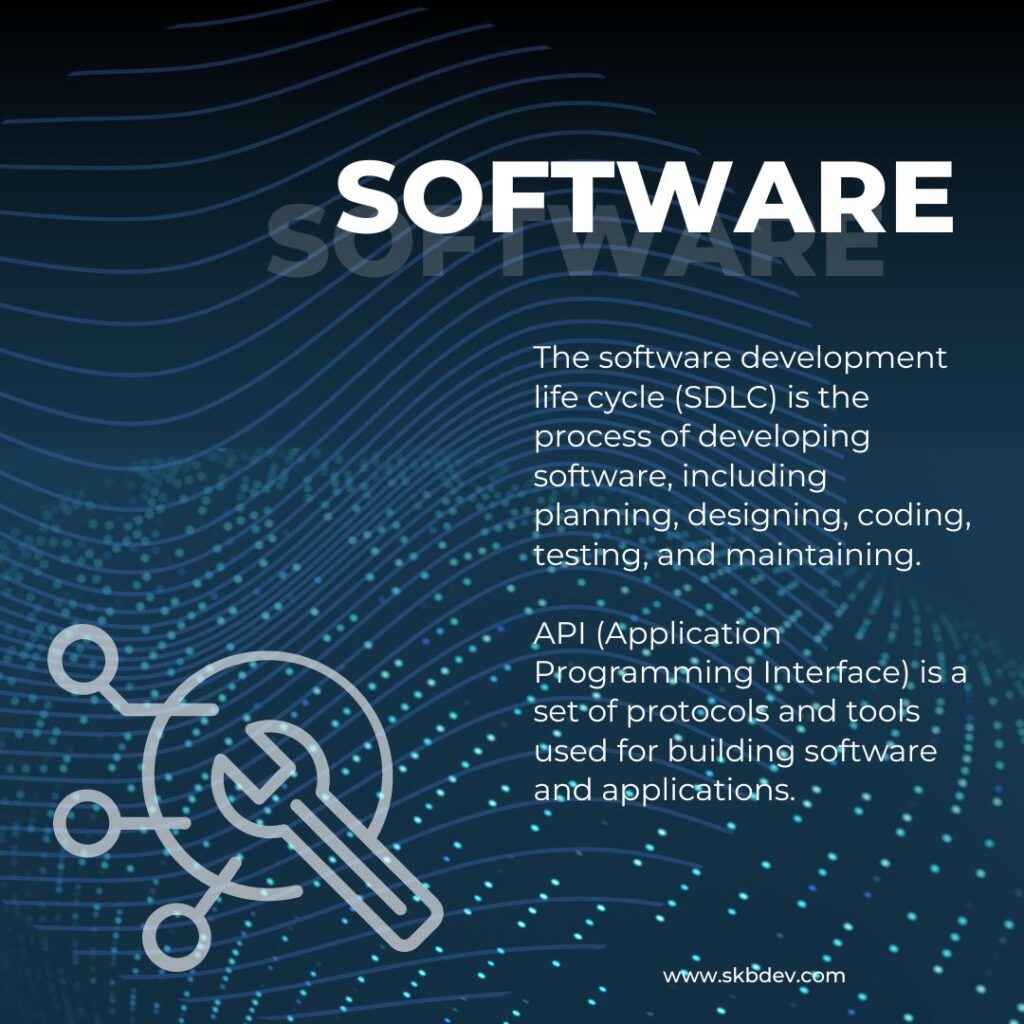The C programming language came out of Bell Labs in the initial 1970s. The developer of the C Language by Dennis Ritchie. The C programming language was devised in the early 1980s as a system implementation language for the nascent Unix operating system.
History of C Language
Stemmed from the type less language BCPL (Basic Combined Programming Language), it evolved a type structure; built on a tiny machine as a tool to enhance a meager programming environment.
Formerly, Ken Thompson, a Bell Labs employee, preferred to make a programming language for the new Unix platform. Thompson adopted the BCPL system language and invented B programming.
However, not many utilities were ever written in B due to its sluggish nature and inability to take advantage of PDP-11 features in the operating system. This led to Ritchie bettering on B, and thus producing C.
Introduction of C Language
C is a general purpose programming language that is exceptionally popular, simple and flexible. It is machine-independent, structured programming language which is used significantly in numerous applications.
C was the fundamental language to write the whole lot from operating systems (windows and many others) to complex programs resembling the Oracle database, Git, Python interpreter and more.
It is believed that ‘C’ is a divinity’s programming language. One can say, C is a center for the programming. If you understand ‘C’, you can easily grasp the expertise of the other programming languages that uses the concept of ‘C’.
Basic Structure of C Program

- Header Files Inclusion: The first and foremost element is the inclusion of the Header files in a C program. A header file is a file with extension .h which comprises C function declarations and macro definitions to be shared between several source files.
- Some of C Header files:
- stddef.h – Describes several useful types and macros.
- stdint.h – Indetifies precise width integer types.
- stdio.h – Specifies core input and output functions.
- stdlib.h – Defines numeric conversion functions, pseudo-random network generator, memory allocation.
- string.h – Defines string handling funcations.
- math.h – Defines common mathematical functions.
- Some of C Header files:
Syntax to include a Header File in C:
#include
Main method declaration: The next part of C program is to declare the main() function. The syntax to declare the main function is:
Syntax to Declare main method:-
int main()
{}Variable Declaration:
The following part of any C program is the variable declaration. It implies to the variables that are to be used in the function.
Note: In the C program, the variables are to be declared prior to any operation in the function.
Example:
int main()
{
int a;Body: Body of a function in C program, refers to the operations that are staged in the functons. It can be anything like manipulations, searching, sorting, printing, etc.
Example:
int main()
{
int a;
printf("%d",a);return Statement: The preceding part in any C program is the return statement. The return statement describes to the returning of the values from a function. This return statement and return value hinge on upon the return statement. In any new case, there will be a return statement and the return value will be of the type of the stipulated return type.
Example:
int main(){
int a;
printf("%d",a);
return 0;
}For more known check out my other posts. and know more like other programs check out our partner website.









Your posts always provide me with a new perspective and encourage me to look at things differently Thank you for broadening my horizons
The photographs and visuals used in this blog are always stunning They really add a beautiful touch to the posts
Your writing style is so engaging and easy to read It makes it a pleasure to read your blog and I always look forward to your new posts